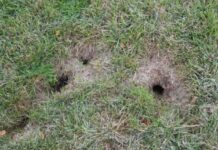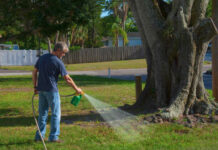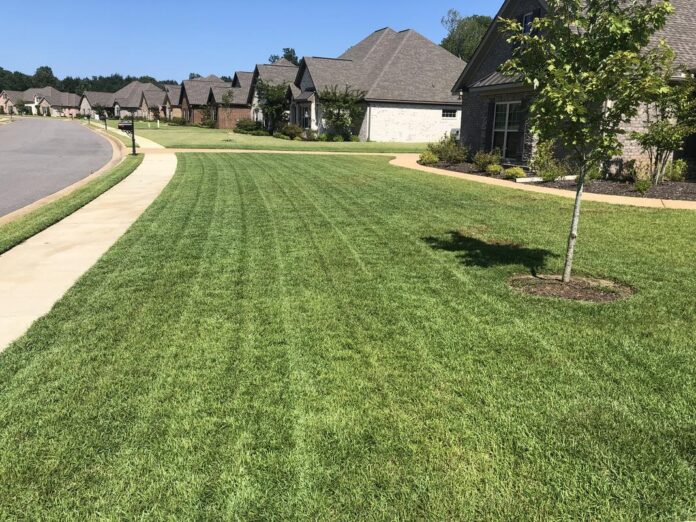
Centipede grass is an amazing solution for various relatively warm and humid climates. It originated from Asia and was introduced to citizens of the United States during the early twentieth century.
At that point, decorated lawns became very popular Stateside, and demand for beautiful grasses that require low maintenance was pretty high. Because of that, many people referred to it as “lazy man’s grass.” Although it is pretty easy to grow, it develops really slowly when compared to other similar species.
As great as it seems, this cultivar comes with various pros and cons. To help you reach a deeper understanding of this plant, we have collected valuable pieces of information related to useful and good properties as much as problematic ones.
What are the pros of Centipede grass?
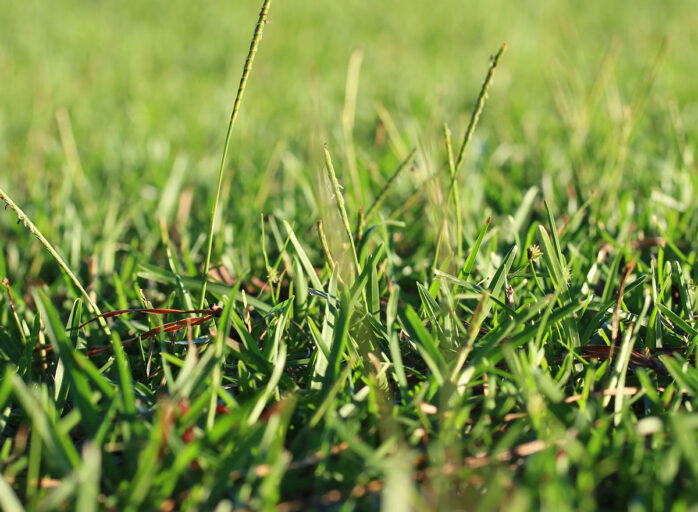
With its bright green color and density, this particular grass is a trendy choice for lawn enthusiasts. Even though it does not tolerate cold and frosty weather, it still deals better with it compared to other species of a similar kind. In the section below, we will list some of the good traits centipede grass possesses and the reasons why you should decide to opt for it.
It requires very low maintenance
Once this grass grows, it will require only basic care. All you need to do is water it regularly and fertilize the soil. If this cultivar’s climate is suitable, it will easily last for many winters to come. Since it is a slow-growing species, it is not necessary to mow it frequently. The best height for this cultivar is somewhere between 1 ½ up to 2 inches. It requires a low amount of nutrients to remain healthy and keep the right shade of green.
Weed control is very easy
You will have fewer weed worries when centipede grass has been established. Its thick and dense growth prevents the growth of various invasive plants and weeds that can damage its health. It will save you a lot of time and effort in weed-killing.
Since this grass grows really slow, it reduces the chances of thatch buildup. Applying pre-emergent herbicide typically does most of the job regarding weed control, and it is best to do it early in the year. This will easily control winter grassy and broadleaf weeds.
Centipede grass is extremely light and heat-friendly
One of the best traits of this cultivar is that it loves the warmest parts of the year. It grows best in areas that have long, warm seasons. It will thrive in full sun and will not change color. All it needs is somewhere between 6 and 7 hours of sunlight. The soil should be warm and have a temperature of at least 70 degrees for it to start flourishing. It is highly drought-tolerant, so you do not need to worry about grass changing its color as long as you water and maintain it regularly.
It does not have a true period of dormancy
Unlike various similar species, centipede grass will stay green throughout the winter months as well. This is pretty uncharacteristic for warm-season types of grass, and it can be a very useful trait if the area where you are planting has mild and brief winters.
Aggressive growth
Although it is developing slowly, it grows very aggressively. The result of this type of growth is a beautiful, carpet-like texture that will provide you with a lovely, green lawn with full and strong color. The thickness of this species also limits resources for weeds to take effect, so it is a type of natural defense mechanism.
It can thrive in acidic and sandy soils
It is a perfect cultivar for southern climate soils. Warm winters suit this plant best, and every area that has sandy soil is more than welcome for centipede grass. It thrives on high temperatures and recovers from any type of stress quite rapidly.
What are the cons of centipede grass?
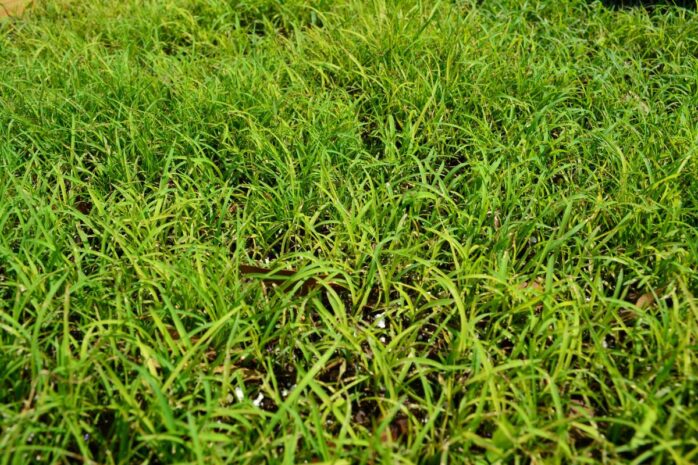
Even though this plant is low-maintenance and has successful survival in very hot climates, it still isn’t perfect. You should know about several disadvantages before deciding to opt for this choice as your new lawn. In the section below, we have listed some of the cons centipede grass possesses.
Shade tolerance
Although this species has a certain tolerance for shades, too much of it may be fatal. If this grass does not get enough sun throughout the day, which is typically somewhere between six or seven hours, it can cause significant damage. It grows best when it is exposed to large amounts of sun, and having a big shade over it each and every day is a big dealbreaker.
Its surface is soft and delicate
The delicate surface of this grass might be a big issue, especially if it is planted in high-traffic areas. Being a slow-growing plant, once it is stepped on, it will get damaged and take a lot of time to recover. This is typically a big drawback for people that want to plant it around their household and walk on it.
Iron Chlorosis is a big threat
Iron Chlorosis is one of the main reasons centipede grass can suffer from discoloration. Even though it will not affect its health, a color change is a big red light for lawn enthusiasts.
Iron chlorosis problems tend to develop when you overdo it with fertilizers. Measure them properly because once discoloration sets in, you will not be able to treat it and will have to replace the lawn.
It requires a lot of water
Centipede grass requires a huge amount of moisture to keep healthy and have the right shade of green. It is not the biggest trouble you can encounter, but it is still a very important fact to know before opting for this type of grass.
Typically, it requires roughly an inch of water over the course of the week. If you are growing it in the areas where it does not rain often, you will have to water it regularly.
This grass is also vulnerable to standing water since it can attract various pests that can damage and kill it. Make sure that the soil you are planting this cultivar is well-draining.
Final words
Choosing the proper grass for your decorative lawn is definitely not an easy task. Different types come with different pros and cons that will make you second guess your decisions and confuse you further.
Centipede grass is an amazing choice for warm and humid areasamazing choice for warm and humid areasamazing choice for warm and humid areasamazing choice for warm and humid areas and an absolute gem for eyes to see in your household, but it has its flaws, and it is significant for you to know about them.
We hope that our post will solve some of the dilemmas you have regarding this particular species and that it will help you cultivate it with ease and joy.
Read also: Zoysia Grass Review
Don’t miss this amazing offer on Amazon:




